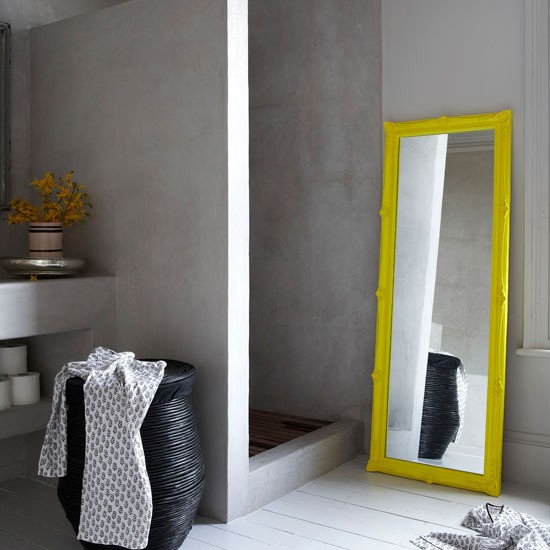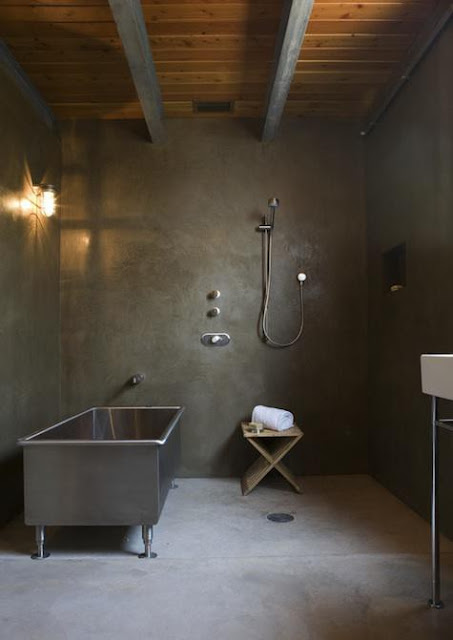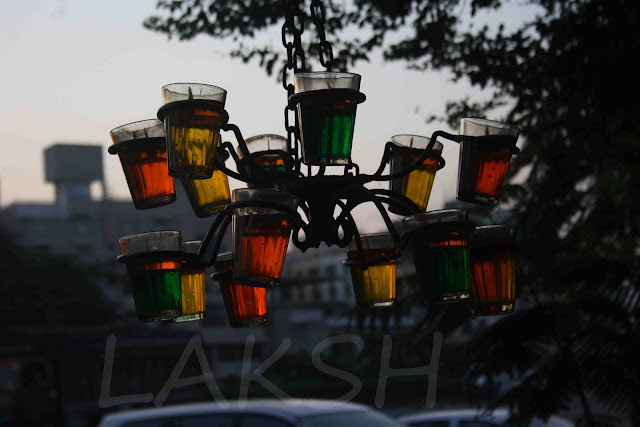This is regarding a query which was addressed by my Blog Reader.He is building a house and he looks for some advise on IPS oxide which he plans to use it on the bathroom walls.He would like to know how to get a light but rich colour.He is also curious to know if anyone in our country uses the Tadelakt method of sealing using olive soap and any other prodcuts to get anew shine.If any one could give me valuable information regarding, would be appreciated.
Anyway the queries posed where nice and he introduces me to a method called"tadelakt"I am always excited to learn about the new methods and procedures.A basic researcher would always want to know..
to tell you all about "Tadelakt"
How do you think you get rustic and simple walls that outshine the others?An exciting technique to be learnt and understood and do you all know how the Traditional Moroccan colours get their beauty from?They have been a range of warm ,sunny and burnt brown and yellow oches of the deserts,the vermillion of Marrakech,cobalt blues of Essaouira coast and the saffron yellows of the souk,thus echoing the beauty of the Moroccan landscape?Arent you all aware of those bright colours?..This technique can be tinted to produce deep colours,with subtle nuances.
Tadelakt is a completely waterproof, polished plaster made from lime and finished with olive oil soap.The history of this highly specialized plastering technique dates back thousands of years. It has its origins in and around the ancient city of Marrakech in Morocco at the foot of the High Atlas mountains. There the Berbers, some of the original people to inhabit North Africa, discovered the magical water resistant chemistry of lime combined with olive soap.In the beginning, tadelakt was used as technique to waterproof earthen cisterns, the ability to effectiely and hygenically store water was a major development. It was not long before tadelakt became recognized as an unbelievably beautiful finish technique that could be pigmented and applied on any surface. Tadelakt became a highly prized surface treatment that was widely applied in the traditional north African hammams, and royal palaces. To this day in Morocco, the tadelakt technique is passed down as an oral tradition from master to apprentice in an unbroken lineage that dates back several thousand yearsThe word “Tadelakt” comes from the Arabic verb “dlek” which means to rub, knead or perhaps most appropriately, “to caress”. This describes the final step of finishing where a smooth stone is used to burnish the lime.
The allure of tadelakt is not easily described in words or pictures. It is only through touching it that you can fully appreciate this unique finish. A tadelakt surface is at once hard as stone and soft as silk. The combination of the soap and lime creates a living breathing surface that appears to be part stone, part leather, velvety smooth.Unlike some other plasters, tadelakt is not a standardized finish. Walls look hand crafted. Tadelakt has a shiny, slightly wavy appearance and is colored with the same mineral pigments that have been used since antiquity. Over time, the lime develops a patina that creates a subtle ever changing lumination. Properly applied, tadelakt develops very fine hairline cracks that add to the ancient appearance of the finish. Because of it's unique characteristics, tadelakt can be made to seamlessly cover walls, ceilings, floors, sinks, showers, even bathtubs.(@here)
Images credit:flickr.com,google.co.uk,style-files.com,remodelista.com,jhinteriordesign.com















































